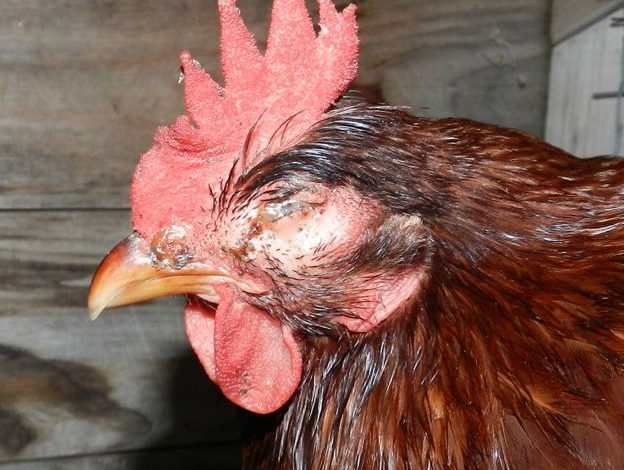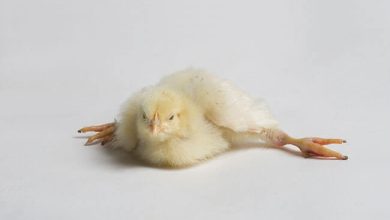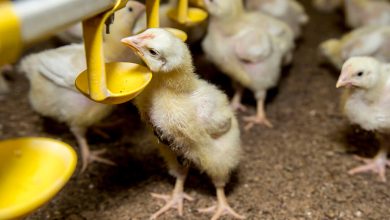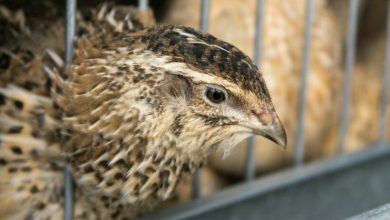Mycoplasma synoviae infection in poultry

Mycoplasma synoviae infection in poultry
Dr Dushyant Pande
Product Manager- Biologicals,
Stallen South Asia Pvt. Ltd, Mumbai
Dr Sanjay Singhal
Chief Operating Officer,
Stallen South Asia Pvt. Ltd, Mumbai
Mycoplasma, contrary to many other organisms, lack a cell wall, making them smallest free-living organisms with respect to of both size and gene number. Pathogenic Mycoplasma species in chickens are Mycoplasma gallisepticum (MG) and Mycoplasma synoviae (MS). MG is typically the more virulent species and results in substantial financial losses. On commercial layer farms across different age groups, MS is a prevalent pathogen and is more ubiquitous.
The ability of different strains of Mycoplasma synoviae (MS) to produce illness varies greatly, with numerous forms appearing moderate. In highly susceptible birds, more pathogenic MS strains can cause serious joint infections, respiratory illnesses, and reduced egg production.
MS often manifests as a mixed infection with other respiratory pathogens, which include the infectious bronchitis virus (IBV) and the Newcastle disease virus (NDV). MS may not necessarily be the primary the cause. These mixed infections can cause significant chronic respiratory illness, particularly under harsh environmental circumstances including high ammonia, low temperatures, and dust. Birds with MS may react more to other live vaccines. Layers of egg yolk peritonitis caused by E. coli have been linked to MS aetiology.
Transmission
Horizontal transmission occurs through direct contact. Birds carry the infection for the rest of their lives. In many respects, the spread appears to be like that of M. gallisepticum except that it is more rapid. Yet reports of slow spreading infections exist. Only a few percent of birds may show clinical symptoms, but most birds often acquire illness by respiratory transmission. Infection may also occur because of environmental contamination or fomites. In chickens and turkeys, vertical transmission is a crucial factor in the spread of MS. When commercial breeder flocks are infected during egg production, the rate of egg transmission seems to peak in the first 4-6 weeks following infection; beyond that, the transmission may stop, although the infected flock may shed at any moment.
Pathophysiology
The pathologic characteristics of synovitis induced by MS involve the joints’ synovial cells hypertrophy and become more proliferative. Activated synovial fibroblasts (SFs) are the primary constituents of hyperplastic synovial tissue in humans with arthritis and play a significant role in the pathophysiology of synovitis.
Matrix metalloproteinases, cathepsins, chemokines, and cytokines are produced by activated synovial fibroblasts, which worsen inflammation and degrade bone and cartilage. For arthritis, reducing the number of activated synovial fibroblasts is a potential treatment approach.
Clinical signs
In poultry, Mycoplasma synoviae usually manifests as upper respiratory tract infection; it may cause mild respiratory disturbances such as rales but is usually subclinical. When the infection spreads to the joints, certain strains of MS may cause a transition from the acute to the chronic phase. Exudative tenosynovitis, an inflammation of the tendons and synovial membranes brought on by invasion of the joint tissue, ultimately results in lameness. The keel bone bursa and the hock (tibial metatarsal) joints are the main regions affected; however other joints may also be damaged. Although this type can be observed in flocks as young as 4 weeks old, it usually manifests itself soon after mature pullets are transferred to the laying farm.
Generally, there is no impact on egg production if the flock is exposed to MS during the laying phase. Egg production may decrease, and desirable egg quality may decrease in flocks that face challenges throughout the laying season. A flock of MS-positive birds that are treated with periodic antibiotic feed therapy might display an irregular egg production curve. Due of restricted movement to feed, water, and nests, lameness from tenosynovitis might further affect egg production.
Oviduct tropism of MS strains have been found recently in commercial layers. It is noticed that flocks infected with certain strains of MS have a higher proportion of cracked and broken eggs. On the apex of the egg, or pointed end, there is a distinctive eggshell defect that may be seen. The rough surface of the eggshell, located 2 centimetres from the apex, is characterized by thinning and translucency, resembling glass eggs. These eggshells lack part of the palisade layer and the mammillary knob layer, according to scanning electron microscopy.
Diagnosis
Accurate diagnosis of mycoplasmosis is crucial for effective management. It is typically achieved through a combination of clinical signs, post-mortem examinations, and laboratory tests. These tests may include serology (blood tests), PCR (polymerase chain reaction), and bacterial isolation from affected tissues.
Treatment
Antibiotics can be administered to control the spread of the disease and manage clinical symptoms. Tetracyclines, tylosin, and lincomycin are commonly used antibiotics. However, it is important to note that these treatments are not curative and are used to suppress the disease.
Prevention and Control
Biosecurity Measures: Implement strict biosecurity measures to prevent the introduction and spread of mycoplasmosis. This includes limiting visitor access, maintaining separate footwear and clothing for workers, and disinfecting equipment and facilities regularly.
Cleanup Programs: Use of appropriate molecule for effective cleaning up of mycoplasmal infection prior to vaccination may provide better results.
Minimize Stress: Stress weakens the immune system, making birds more susceptible to infections. Provide a low-stress environment by ensuring proper nutrition, ventilation, and living conditions.
Surveillance: Regularly monitor your flock for any signs of illness. Early detection allows for prompt intervention and reduces the spread of the disease.
Vaccination: There are vaccines available for both MG and MS, Stallen has killed vaccines against both MG and MS named as MYC Vac and MS Vac respectively, which provides better protection against avian mycoplasmosis. Our MS Vac is the only killed vaccine against Mycoplasma synoviae available in Indian Market. Recommended dose of both vaccines by parenteral route 0.5ml/ bird.
Recommended vaccination schedule
| Sr no | Vaccine name | Recommended age | Dose |
| 1 | MYC Vac | 9th Week (First dose) | 0.5ml/ bird |
| 2 | MS Vac | 10th Week (First dose) | 0.5ml/ bird |
| 3 | MYC Vac | 12th Week (Booster dose) | 0.5ml/ bird |
| 4 | MS Vac | 13th Week (Booster dose) | 0.5ml/ bird |
For better results, proper clean up program with effective anti- mycoplasmal drug is recommended. The above-mentioned vaccines can also be used in midlay vaccination if the priming is done with the live vaccines.




